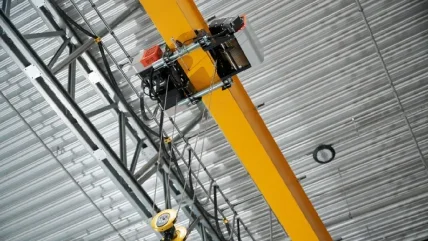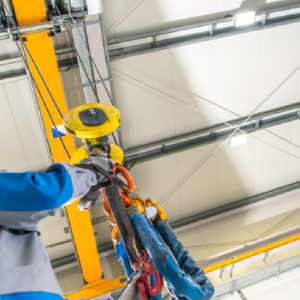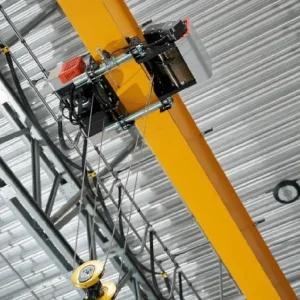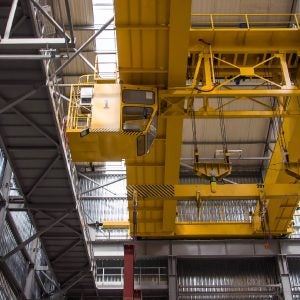
Konecranes has introduced an upgraded KBK workstation crane system in Australia and New Zealand, tailored for the manufacturing and assembly sectors.
The new system, available in steel and aluminium, offers enhanced lifting capacities and longer spans, supporting loads up to two tonnes.
It is designed to integrate seamlessly with existing production lines, optimising space and boosting efficiency.
The KBK system is suitable for industries such as HVAC, switchboard manufacturing, food and beverage, and metal processing.
It incorporates a ‘load follows user’ function, enabling precise and rapid movement in line with the operator’s actions.
The feature aims to reduce cycle times and improve productivity in shift-based environments, aligning with Australian Standard AS 2550 for crane safety.
Konecranes Australia and New Zealand national sales manager Rowland Hudd said: “Updates to both the structural and component elements of the latest Konecranes KBK systems enable increased lifting capacities and configurations, for low investments.
“A major advantage of the Konecranes KBK system is ease of movement. Force equivalent to less than 1% of the lifted load is all that is required to move the system, making it outstandingly efficient for manual handling.
“The time-saving direct path approach ultimately decreases cycle times and speeds up the operator’s tasks, allowing them to be more productive over their shift.”
Konecranes highlights the cost-effectiveness of upgrading existing KBK systems to meet increased load demands without expanding floor space.
The system’s standardised components allow for easy configuration to site-specific requirements, ensuring a wide range of manual lifting needs are met.
The Lifecycle Care approach offers real-time service and optimisation to maximise equipment value and minimise downtime.
Hudd added: “For very minor costs and changes, a KBK workstation crane upgrade may be able to double lifting capacity within the same space.
“The Konecranes KBK series also reduces OH&S risks across all industries, by providing a safer way to manually lift loads, thereby avoiding repetitive manual handling injuries associated with other methods.”






